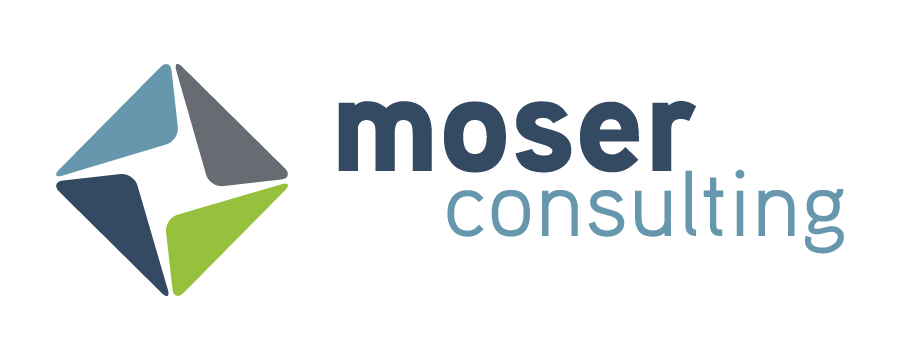Cybersecurity Starts with People: Why Tech Alone Isn’t Enough
The Click That Crippled a Pipeline
In 2021, the Colonial Pipeline ransomware attack disrupted critical fuel infrastructure along the U.S. East Coast. The breach stemmed not from a complex exploit, but from a single compromised VPN account with no multifactor authentication. The failure wasn’t technical alone. It was behavioral. Despite high investment in cybersecurity tools, attackers continue to succeed by targeting the human layer a more consistent and predictable weakness than software vulnerabilities.
People Are the Real Attack Surface
According to the Verizon 2024 Data Breach Investigations Report, over 74 percent of breaches involve human factors. These include social engineering, weak credentials, and improper handling of sensitive data.
Common human-driven risks include:
Clicking on phishing links disguised as business communications
Reusing passwords across systems
Using unauthorized apps or cloud storage
Approving repeated MFA prompts out of fatigue
These behaviors create blind spots in otherwise mature environments. For more on phishing trends, see our upcoming article: “Phishing Evolves: Deepfakes, AI, and Emotionally Engineered Attacks.”
Compliance Isn’t Culture
Security training programs often focus on satisfying compliance requirements. But completing a yearly awareness module does not equate to creating a resilient culture. Compliance is reactive and checkbox-driven. Culture is proactive, values-driven, and built over time.
A strong cybersecurity culture includes:
Clear leadership communication on shared responsibility
Behavior modeling from managers and executives
Reinforcement of good security decisions with rewards and visibility
Space for employees to ask questions or report issues without fear
Technology Needs a Human Ally
Security tools are only effective when used correctly. Every technical control must be reinforced with human understanding.
Security Control: Human Reinforcement
MFA: Understanding and reporting MFA fatigue or spoofing attempts
Endpoint Protection: Avoiding unauthorized software and unsafe web practices
Secure Email Gateway: Recognizing phishing patterns and suspicious senders
SAST/DAST Tools: Developers understanding how to resolve vulnerabilities
For additional strategies on developer-centric security, see “The Rise of the Security Champion.”
How to Build a People-First Cybersecurity Program
Run Realistic Phishing Simulations: Simulate scenarios employees are likely to encounter. Provide instant feedback and track improvements over time.
Prioritize High-Risk Roles: Focus training on departments like finance, HR, and executive support. These roles are prime targets.
Deploy Security Champions: Empower peer advocates across departments to drive awareness from the inside.
Reward Secure Behavior: Recognize users who report phishing, avoid risky behavior, or help improve workflows securely.
Integrate Security into Onboarding: Start from day one. Make cybersecurity part of every new employee's understanding of how your company operates.
Frequently Asked Questions
What percentage of data breaches involve human error?
According to Verizon’s 2024 DBIR, over 74 percent of breaches involve the human element, including social engineering, credential misuse, and simple user error.
Is annual cybersecurity training enough?
No. Annual training helps with compliance but does not build a lasting security culture. Continuous reinforcement, simulations, and real-time engagement are essential.
What is the most common human-related cybersecurity threat?
Phishing remains the most common and successful vector. Attackers often rely on social engineering to bypass technical defenses.
How can companies improve security culture?
By embedding security into everyday processes, modeling secure behavior at the leadership level, and encouraging open dialogue and reporting.
Key Takeaways
Human behavior remains the leading cause of security breaches.
A true security culture goes beyond checklists and compliance.
Technology must be paired with awareness, training, and empowerment.
Phishing simulations, onboarding practices, and champions help shift mindsets.
Need a consultation? Contact Moser today!
Visit Moser Business Services & Moser Core Technology Managed Services to learn more about how you can protect your company against cyber threats.


